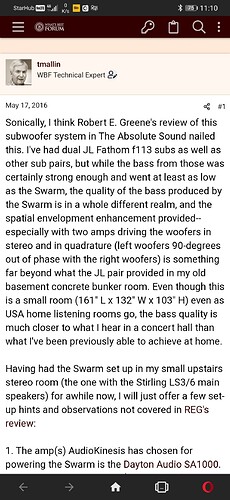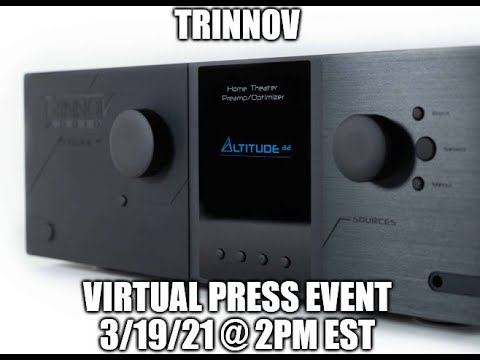There are 3 key reasons some do it that way. But in all my test, they do more harm than good
-
The first reason for running full range is because there is lack of understanding integrating mains with subs. Most often, we rely on the EQ programme to do the job, and we just pick a random number to XO, or 80hz . This is not called optimisation, this is picking what most people recommends . Most room eq don’t blend mains with subs
-
Headroom. When the speakers run full range , they are handling bass frequencies down 30hz that requires much more amplifier power. Again the moment you do this, one should look at distortion figures. Unless you listen at -30mv, then you don’t have to worry about distortion or headroom. If headroom is what you are after, full range will not work well. Remember we want the speakers to be cruising, not stressing and handling down Low to 30-40hz. When that happens, what follows is Cabinet resonances , down lower frequencies we no longer hear the direct sound but feel the vibrations. These cabinet vibrations are distortion that are detrimental to midrange and upper frequencies. Some speaker designs are good though
-
The room itself. More often, the room is not controlled. We can easily see that on the spectrogram, using non optimised subs, amplifies that problem. As we saw it previously in a square room. The modes just doubles, creating double the headache in amplitude and null. Hence the decision to go full range.
So yes, there is a myriad of factors behind, if one has problems with the room, headroom, or integration problems, full range can be a consideration. If you don’t face the above, using a dedicated sub will bring your entire system up to another level , always.
Happy to challenge anyone who can localise the subs below 100hz in a well integrated system… I personally can’t, I have integrated many rooms, they are all done using 100hz and they all have excellent decay times below 250ms . Again there is a very big difference between localising bass and directional bass otherwise known as physchoacoustic bass steering… most of the time people get confused with this




